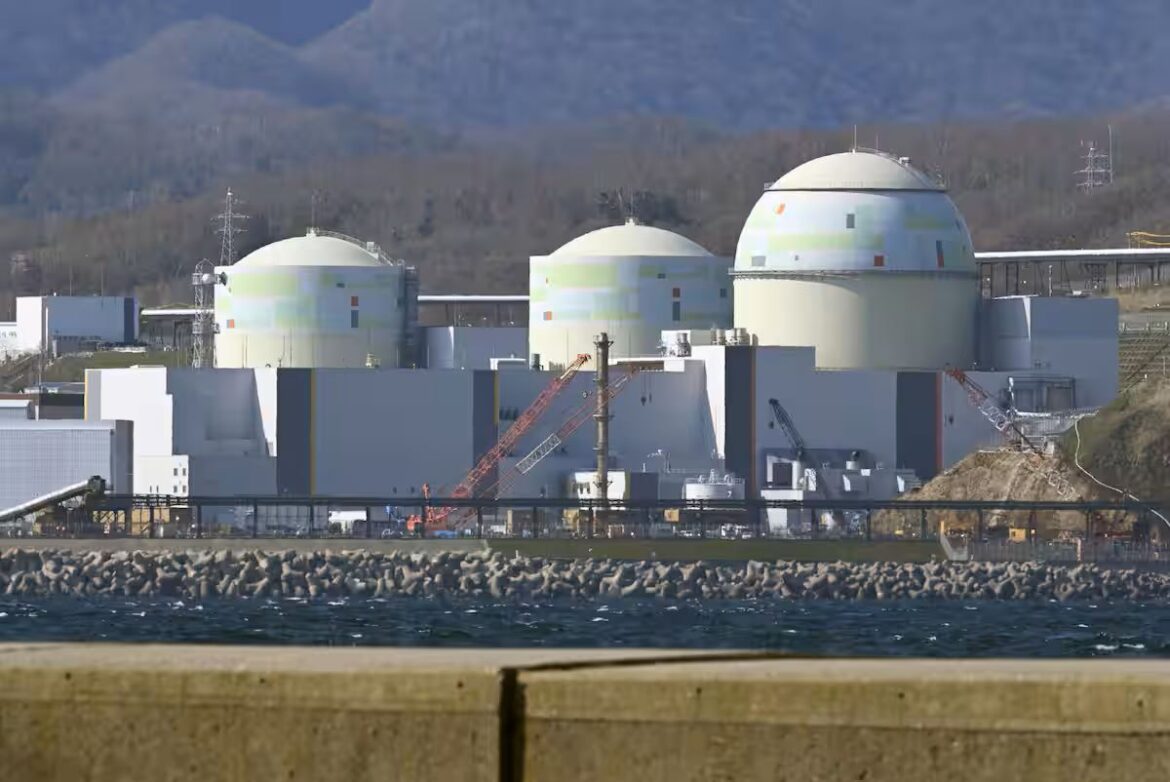Unit 3 at Hokkaido Electric Power Company (HEPCO)’s Tomari Nuclear Power Station in Tomari Village has finally passed the mandatory Nuclear Regulation Authority (NRA) safety inspection. We welcome this as a major step towards restarting the facility.
This is an encouraging development, as Hokkaido is expected to see a rapid increase in power-intensive workshops. Notably, next-generation semiconductor factories and data centers supporting artificial intelligence are planning operations in the prefecture.
With an eye to restarting Tomari Unit 3 as soon as possible, HEPCO plans to complete construction of a seawall and other facilities by around spring 2027. However, restarting will require local consent. Hopefully, Hokkaido Governor Naomichi Suzuki will make a reasonable declaration of support at an early date.
As things stand today in Hokkaido, the various risks arising from the absence of nuclear power plants vastly outweigh the risks arising from nuclear power operations. Meanwhile, the governor is responsible for the lives and livelihoods of the people of Hokkaido. That being so, if he cannot understand this fact, his qualifications will be called into question.
 Attendees at the press conference (from left) Rapidus Chairman Tetsuro Higashi, President and CEO Atsuyoshi Koike, Hokkaido Governor Naomichi Suzuki, and Chitose Mayor Ryuichi Yokota. July 18, Chitose City, Hokkaido (©Sankei by Takahiro Sakamoto)
Attendees at the press conference (from left) Rapidus Chairman Tetsuro Higashi, President and CEO Atsuyoshi Koike, Hokkaido Governor Naomichi Suzuki, and Chitose Mayor Ryuichi Yokota. July 18, Chitose City, Hokkaido (©Sankei by Takahiro Sakamoto)
Acute Power Shortage
The Hokkaido Eastern Iburi Earthquake in September 2018 caused fires, heavily damaging HEPCO’s coal-fired power plant in Atsuma. That resulted in blackouts that affected almost the entire prefecture. We have to wonder: If the disaster had occurred in winter, how many Hokkaido residents would have lost their lives? If the Tomari nuclear power plant had been operating at the time, the region-wide blackout could also have been avoided.
Tomari Nuclear Power Station is built on solid bedrock and is earthquake-resistant. Notably, the plant was close to the epicenter of the magnitude 7.8 Nansei Oki Earthquake of 1993, which was accompanied by a large tsunami. However, units 1 and 2, then in operation, were not affected and continued to generate electricity. Hopefully, Governor Suzuki will recall this fact.
What should not be overlooked is that it took 12 years for the NRA to conduct its safety review at the Tomari facility. The review period for Tomari Unit 3 was the longest to date of all approved nuclear power plants. It was prolonged due to questions about whether there were any active faults on the site. Nevertheless, in the end, HEPCO’s view that there were none was proved correct.
End the NRA Delays
That dragged-out process was a significant deviation, considering that the Administrative Procedure Act stipulates that safety reviews should normally be completed within two years.
The NRA’s response to the situation at Tomari Nuclear Power Station is puzzling in some respects. That is especially true regarding the seawall that HEPCO constructed on its own.
After the wall was completed in 2014, the NRA criticized the company for the construction methods it used. It subsequently demolished the entire structure, and is currently building a new wall. Couldn’t the NRA have raised any objections it had during the construction of the first seawall?
Japan’s nuclear regulatory administration regime is less efficient than that of the United States. One reason is the immaturity of Japan’s organizational culture regarding its excessive bias against electric power companies.
From the perspective of energy security, what is really needed is for the NRA to reform itself.
 RELATED:
RELATED:
(Read the editorial in Japanese.)
Author: Editorial Board, The Sankei ShimbunKeywords/tags:
Continue Reading


AloJapan.com